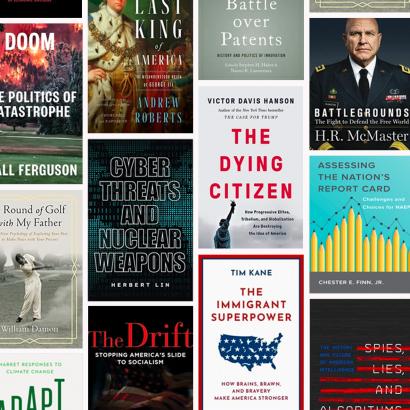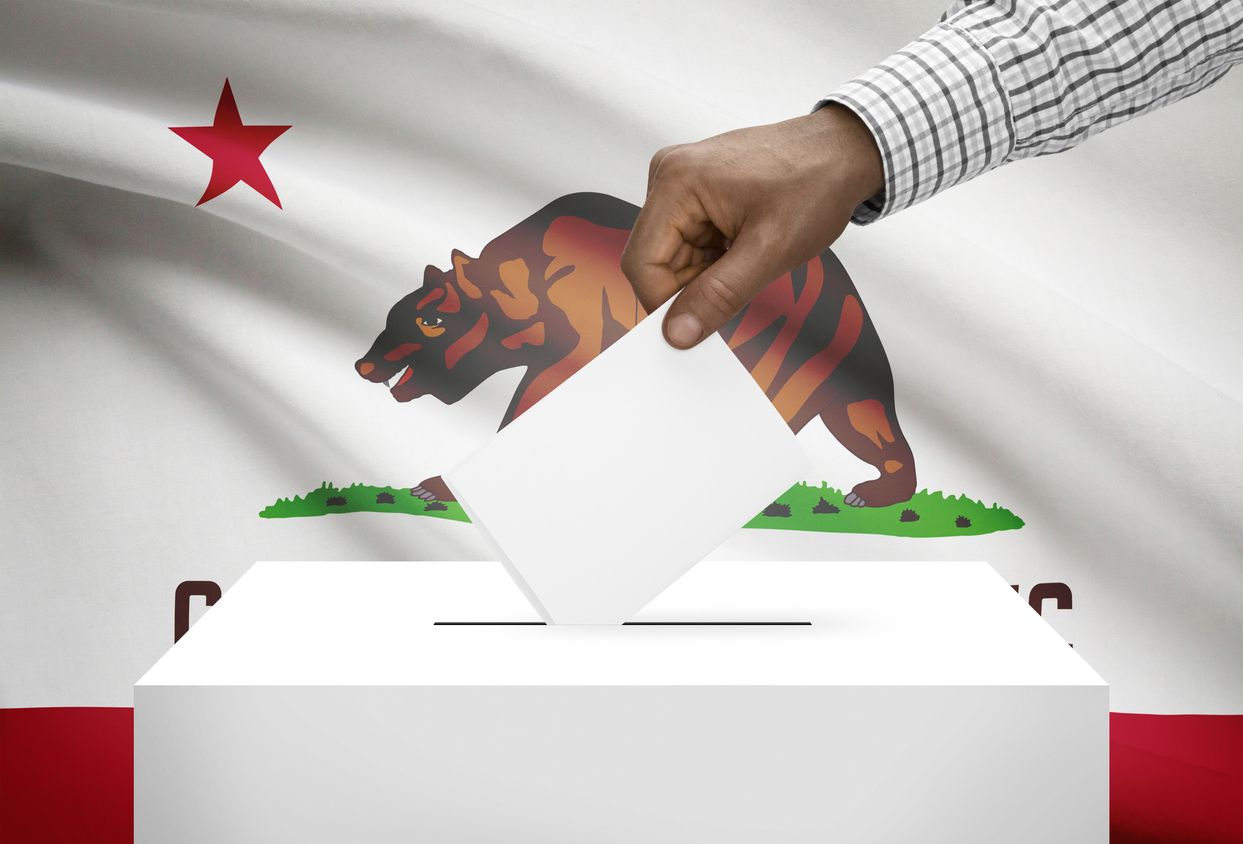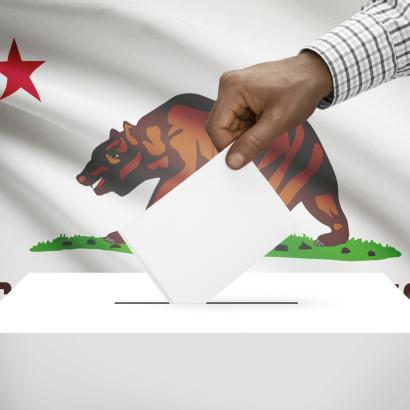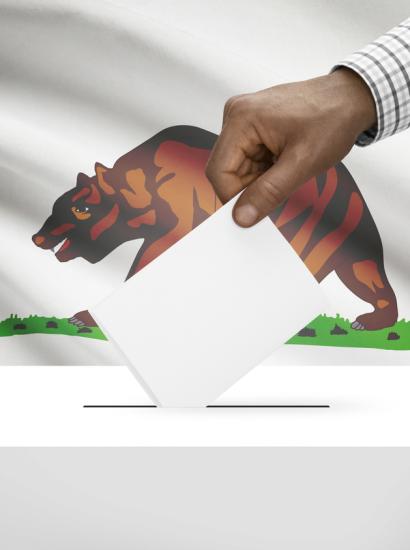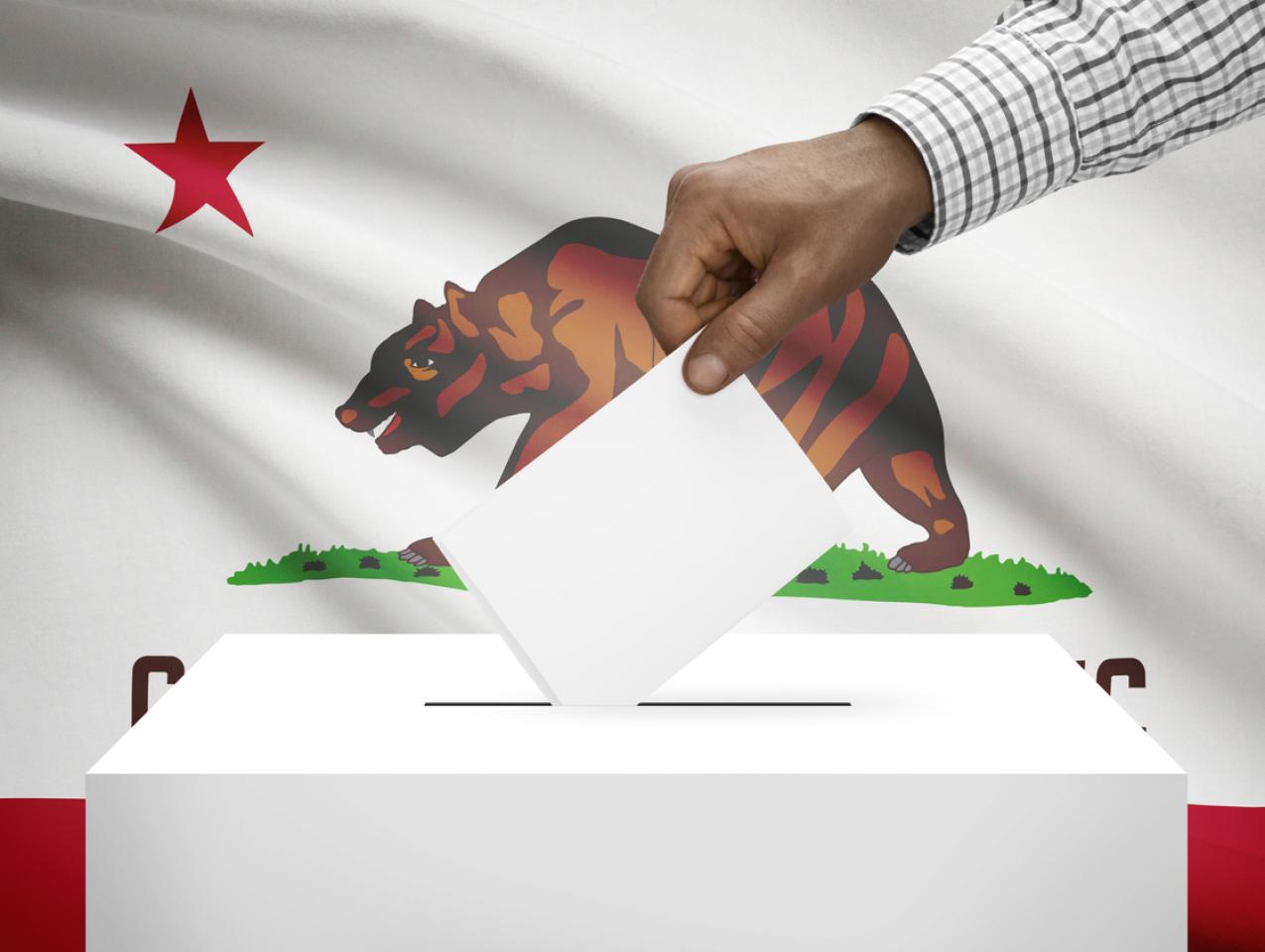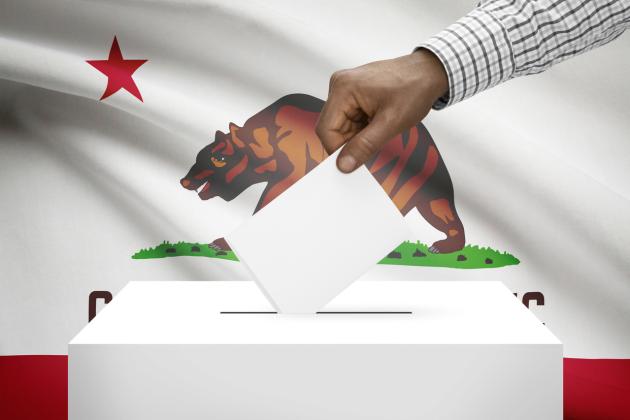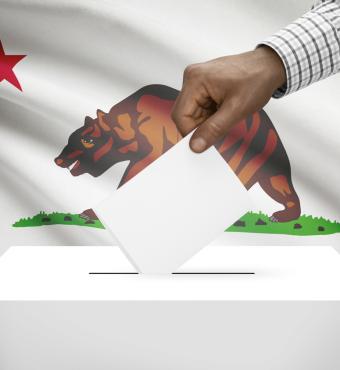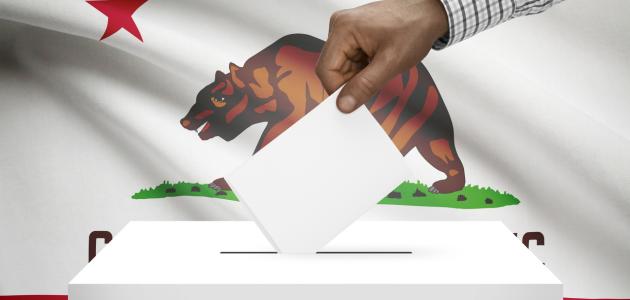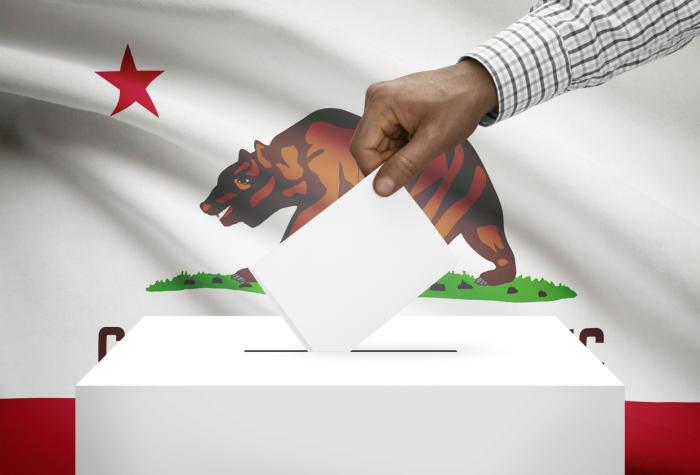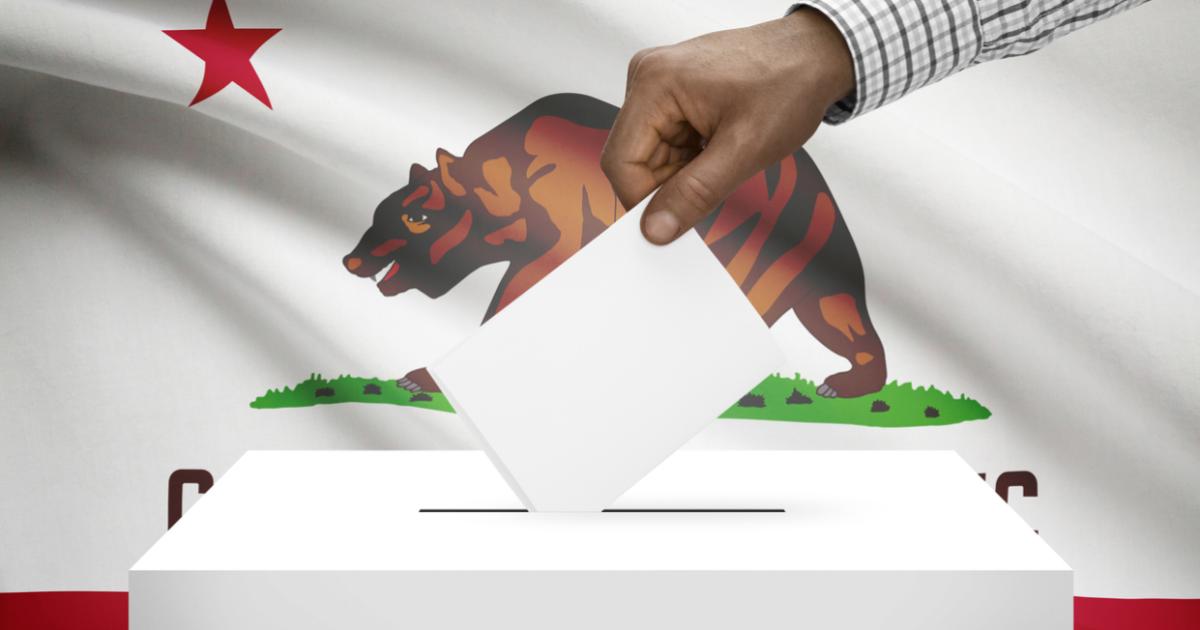- California
- Politics, Institutions, and Public Opinion
- Empowering State and Local Governance
While California Gov. Gavin Newsom spends his time on pursuits that suggest he’s more interested in life after office than his current position (that includes a recent visit to New York City, during which the term-limited governor joined fellow lame duck Stephen Colbert in yet more Trump-bashing), the race to succeed him continues with its twists and turns.
One such example: former state lawmaker Ian Calderon entering the already bustling field. If you’re keeping score at home, the race to become California’s 41st governor now stands at at least 18 announced candidates, making the Golden State the clown car of 2026 gubernatorial races (that’s not to imply that politicians are clowns, which of course would be an insult to hard-working clowns everywhere).
About Calderon: two weeks shy of his 40th birthday, he’s leaning heavily into his millennial affiliation with promises of a “new generation of leadership.” Indeed, his first tweet after jumping into the race—a call for California to become “the undisputed leader on Bitcoin”—reflects the younger generations’ taste in investing.
Does this mean that Calderon is taking a page out of Bill Clinton’s playbook and the concept of “a different kind of Democrat”?
Not entirely.
On the one hand, a Calderon campaign video has the candidate vowing that he’s “living in the real world, watching everyday life get harder for families like mine,” along with references to the high costs of housing, child care, and a tankful of gas—a not-so-flattering impression of California that likely won’t please Newsom and the progressive powers-that-be in Sacramento (especially this part: “The people running our government? They’re trying to use yesterday’s ideas to solve today’s problems and it isn’t working.”).
But lest one presume that Calderon is a complete departure from politics as usual in 2025, there’s this tweet from three years ago: “@GavinNewsom is the only Dem that seems to understand that Democrats everywhere want their leaders to push back with a strong message and to stop letting the GOP control the narrative. Republicans are loud, and it’s time for Democrats to get louder.”
Let’s suppose that Calderon somehow finds a path to victory in 2026. While he would be California’s youngest governor since a 36-year-old Jerry Brown claimed the office in 1974, it wouldn’t be the tale of an outsider who came from nowhere—his father, Charles Calderon, was elected to the state assembly in 1982, along with two uncles who also served in the legislature and a stepmother who currently holds his former seat.
The good news for California voters who want to make history in 2026: one or more Democrats could be groundbreakers. That includes former Congresswoman Katie Porter, at present the nominal frontrunner (an anemic 17 percent in this August Berkeley IGS poll). Why her win would be historic: California has never had a female governor (though three women—two Democrats and one Republican—were runners-up in 1990, 1994, and 2010).
One other ceiling that could get shattered: electing the state’s first Hispanic governor, if former Attorney General Xavier Becerra (only 9 percent in the same IGB Berkeley survey) or Sen. Alex Padilla (should he enter the race) make it to the November runoff.
(Note to readers: Republican Romualdo Pacheco, a Mexican descendant, served as California’s 12th governor for 10 months back in 1875, but he assumed the position when his predecessor resigned).
There’s one other way California’s governor’s race could make history, though it seems unlikely: electing the Golden State’s first openly gay chief executive.
Which brings us to the curious campaign of Democrat Toni Atkins.
On paper, Atkins sports a solid political resume—eight years as a San Diego City Council member, followed by six years in the state assembly and eight in the state senate (serving both assembly speaker and senate president pro tempore).
For those who base their votes in part on pathos, Atkins comes equipped with a biography reminiscent of Arnold Schwarzenegger’s humble Austrian roots (“I didn’t have a hot shower or regular meat in my diet until l left for the army as a teenager,” California’s 38th governor revealed in his book Be Useful). A coal-miner’s daughter, Atkins grew up in an Appalachian home without plumbing that forced the future candidate to fetch water from a local spring in order to cook and do laundry.
So how does that Sacramento experience and compelling life story translate: 1 percent, or 10th place, in the aforementioned IGS Berkeley Poll; 2 percent, also 10th place, in an August Emerson College poll.
Can Atkins ramp up her poll numbers? It won’t be for lack of trying: the candidate spent parts of August and September on a statewide listening tour.
However, California governor’s races tend to be muscular affairs, with money and political machinery tilting the field and yielding winners. A younger Gavin Newsom, San Francisco’s mayor at the time, learned this the hard way when he mounted an underdog campaign against the more established, deeper-pocketed Jerry Brown in the prelude to 2010’s governor’s race (Brown having raised four-and-a-half-times more money by the time of Newsom’s departure). Atkins and her fellow Democrats may experience the same should Padilla enter the race, as California’s senior senator likely would benefit from his close ties to Newsom and the Democratic establishment’s longtime aversion to Porter’s abrasive approach to political institutions (as a member of Congress, she railed against earmark spending).
But if Atkin’s campaign fails to get off the ground, will it because of her sexuality?
It’s an interesting thought exercise given the recent kerfuffle over former Vice President Kamala Harris’s revelation that her first choice for a running mate last year was former federal Transportation Secretary Pete Buttigieg, only she didn’t think the voting public could much stomach a biracial woman paired with an openly gay man.
As Harris recounts in her book 107 Days: “[W]e were already asking a lot of America: to accept a woman, a Black woman, a Black woman married to a Jewish man. Part of me wanted to say, ‘Screw it, let’s just do it.’ But knowing what was at stake, it was too big of a risk.”
But is identifying as gay—or for that matter, siding with non-hetero causes—a political dealbreaker in California?
Next year’s election will mark 18 years since 52.2 percent of California voters signed off on Proposition 8, which added the following sentence to the state constitution: “Only marriage between a man and a woman is valid or recognized in California.”
But in 2024, 62.6 percent of California voters approved Proposition 3, which replaced Prop 8’s definition with the following eight words: “The right to marry is a fundamental right.”
One way to parse that shift: whereas 6.4 million Californians stood by same-sex marriage in 2008 (by voting no on Prop 8), nearly 9.5 million Californians did the same in 2024 (by voting yes on Prop 3).
Granted, the former vice president and her campaign minions likely were thinking about more conservative swing states and not deep-blue California when they ruled out Buttigieg. But in doing so they ignored the past decades’ progress.
Since that California vote in 2008, a sitting American president changed his mind on same-sex marriage (Barack Obama opposed it in 2008, and then reversed course in 2012). In 2016, a recently elected Donald Trump told a 60 Minutes interviewer he was “fine” with it. In 2025, The New York Times White House correspondent penned this dispatch about “Donald Trump’s Big Gay Government” (subhead: “On the town with the A-Gays of Washington, who have never been happier to be out, proud, and Republican”).
In a race that’s already seen plot twists (that would include Kamala Harris opting not run for governor), more surprises may lie ahead in October and beyond. Maybe Padilla defies the present conventional wisdom—and California’s political class—and decides to remain in the US Senate. And perhaps California’s left-leaning special interests—teachers and labor unions—don’t reach consensus on the one Democrat they’ll entrust (and shower with money) to pick up where Newsom left off come January 2027.
And if that Democrat isn’t Tony Atkins?
Don’t leave it Kamala Harris to explain why.
“Editor's Note: After this column was completed, Toni Atkins withdrew from the governor’s race.


